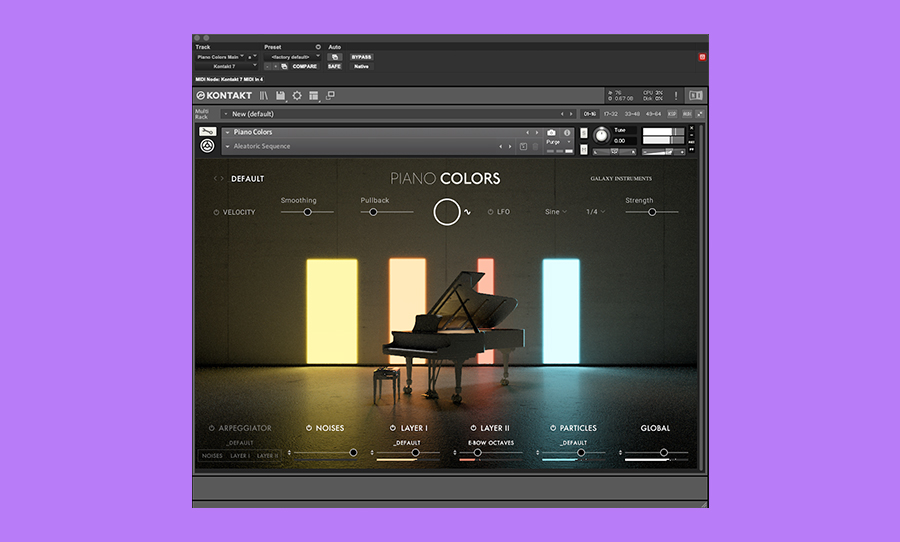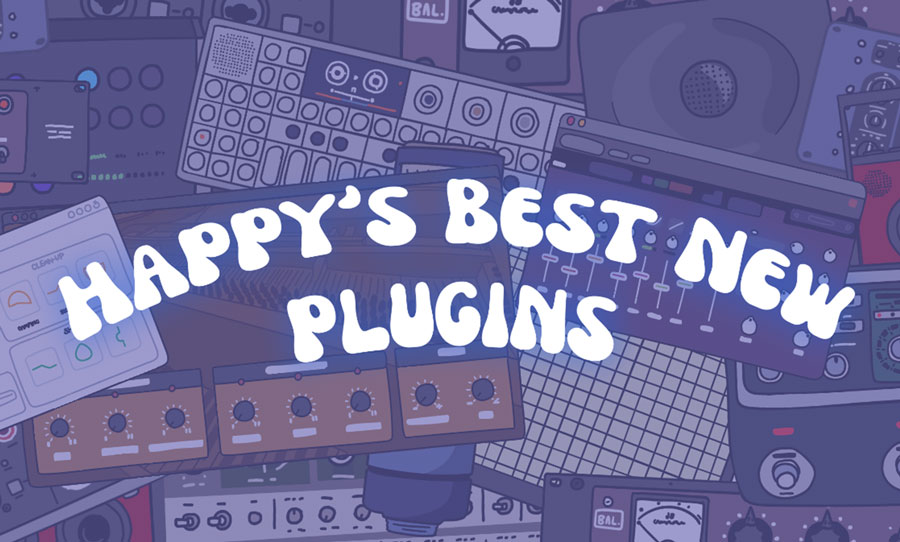Native Instruments are up to Komplete 14 of their overwhelmingly huge software series of instruments and effects. We took a deep dive into one of the new updated releases, Piano Colors.
Native Instruments, ICYMI, has been making software instruments since 1996 with their first release Generator — now known as Reaktor — a modular synth. They’ve since grown their collection called Komplete all the way up to version 14. It’s the first release since the formation of SoundWide with iZotope, Plugin Alliance and BrainWorx — meaning you get way more than just software instruments and effects.
With far too many instruments to play with and not enough space on my computer, I took a deep dive into one of the new additions to Komplete 14 — Piano Colors. It’s an innovative piano instrument with the ability to blend layers and warp the sound, all packaged in a beautiful GUI.
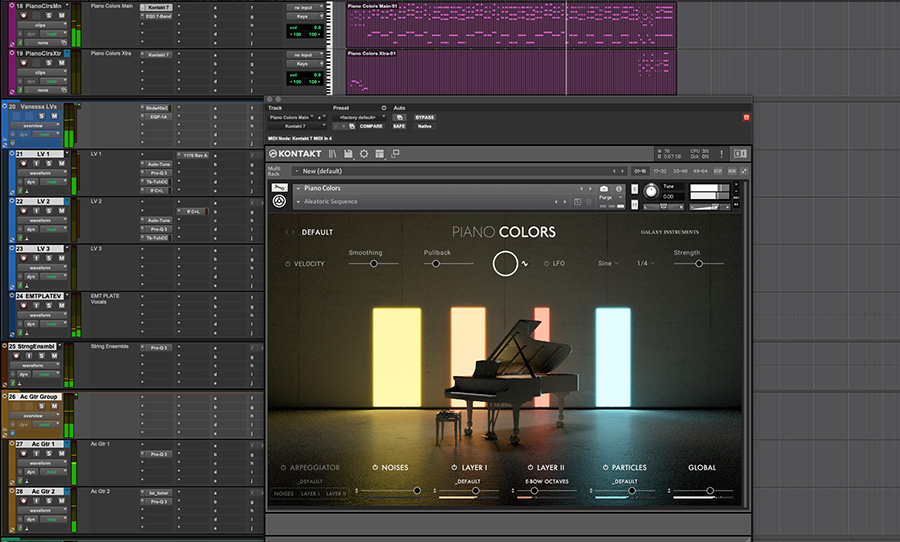
In modern music production, our organic and electronic worlds are colliding. You’ve got the world’s top music producers opting for software instruments of pianos, basses, synths and keyboards rather than spending the time mic’ing it up or plugging it in. Layering of musical elements is also becoming increasingly popular as the world craves new and ear-bending sounds.
Enter Piano Colors. It prides itself on having that top layer of standard/organic piano sounds and a second layer of artificial/electronic, where you find yourself opening up a world of epic piano soundscapes.
Trying this software instrument unseen on a session, I fired up the default piano sound and layered it gently with a preset called E-Bow Octaves. Now, I’ve never used my E-bow on a piano, but this seemed way quicker than I imagine it would be to make a piano react with an E-bow — let alone record it.
And that’s barely scratching the surface of what you can do. Jump into the back end and you can change almost anything in of each layer from Color, Tonal Shift, Sub (Frequencies), Overtones, to Resonance, Dynamics, and the usual ADSR (Attack, Decay, Sustain, Release). There’s a slew of controls to tweak — so you’ve been warned, you might find yourself manipulating sounds rather than making music!
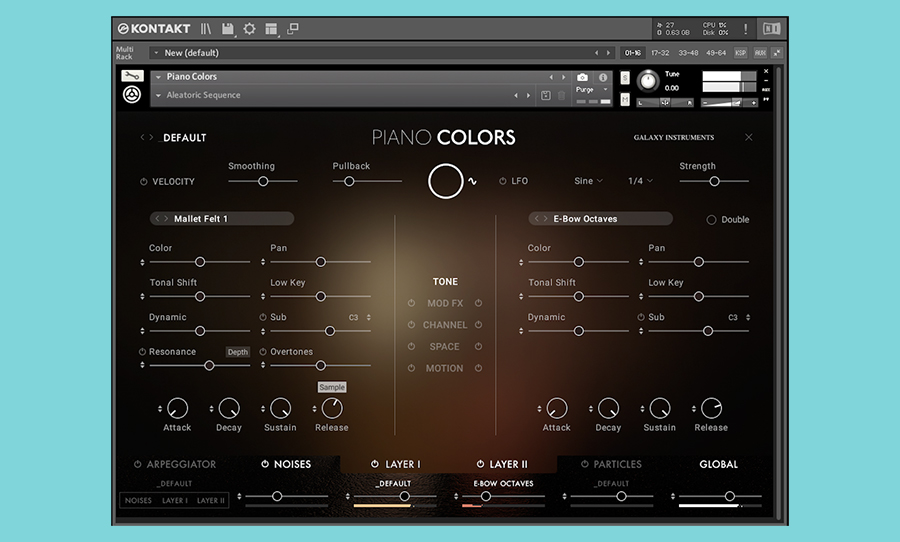
Speaking of making music, first opening up Piano Colors gave me that perfect dichotomy of a piano and a synthetic soundscape. Even playing some basic chords (I-IV-V) became a beast of their own, as sound lingered well after the initial strike.
The Arpeggiator and Particles sections are where the playground starts, in fact, you have an arpeggiator preset menu to dive into and try something out you might never have thought of before. The Particles is where you expand your sound, adding ‘particles’ to your part.
It has an excellent display where it looks like sound bubbles glistening and floating away just like you hear it. There’s Octave Ranges Low and High and Tonal Shift Low and High, and an FX section. It’s in this particles section that you can morph your sound far beyond where you started.
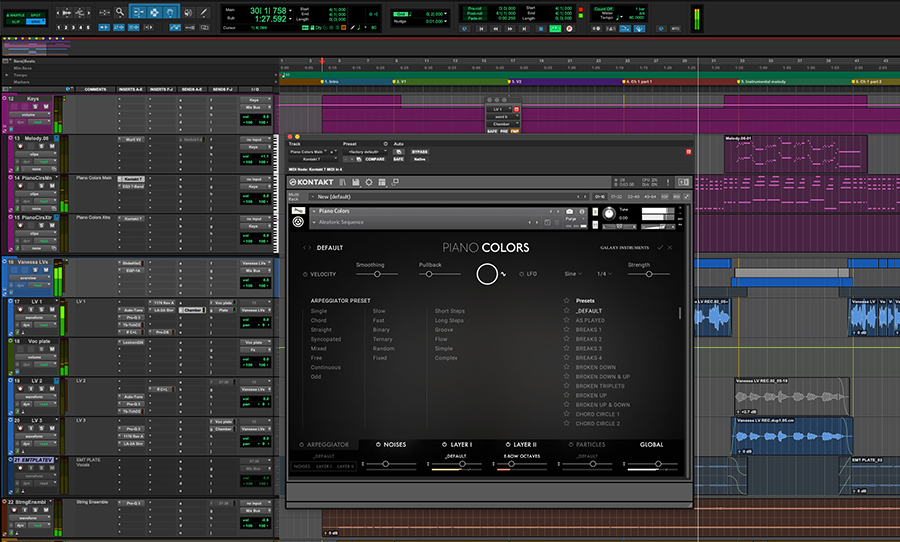
Regarding presets, there’s a huge inspiration preset menu to start you off with names like Leslie Waves, Meteor Showers and Dark Pendulum. It’s not really a piano instrument, it’s much more than that — so starting with a preset and tweaking from there might just be the way you explore Piano Colors.
While Piano Colors only comes in Komplete 14 Ultimate and Collector’s Edition, Komplete 14 standard has Noire — which is kind of where Piano Colors launches from. It’s an evocative concert grand from Nils Frahm, captured in its native habitat in Saal 3 of Berlin’s Funkhaus complex. And it’s also got Una Corda for those warm felt piano sounds.
I found myself inspired by the software instrument, with it giving me options, not the other way around — trying to work to find an interesting sound.
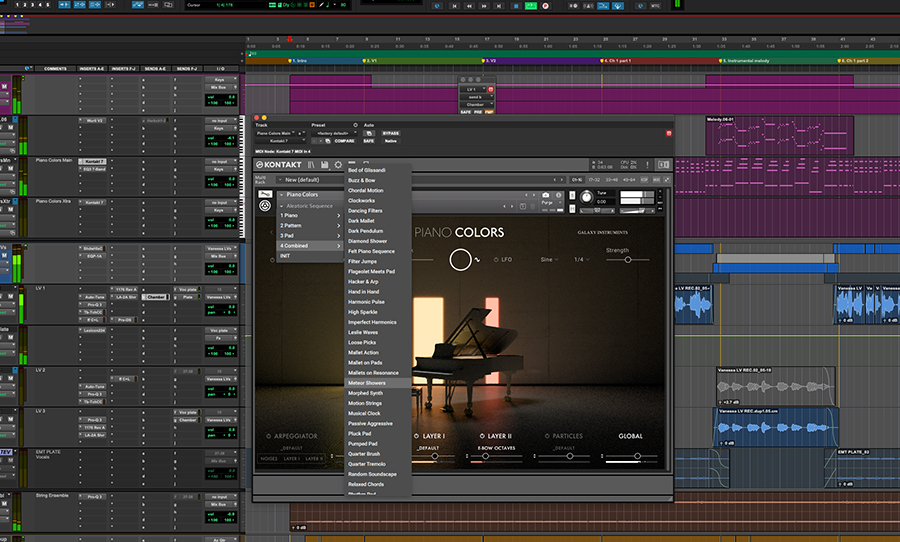
Komplete 14 Ultimate is $1799 AUD and the Collector’s Edition is $2699 AUD or you can buy Piano Colours on its own for $299 AUD. Stay tuned for more reviews of the huge array of new releases within the Komplete 14 series. For more information head over to Native-instruments.com
